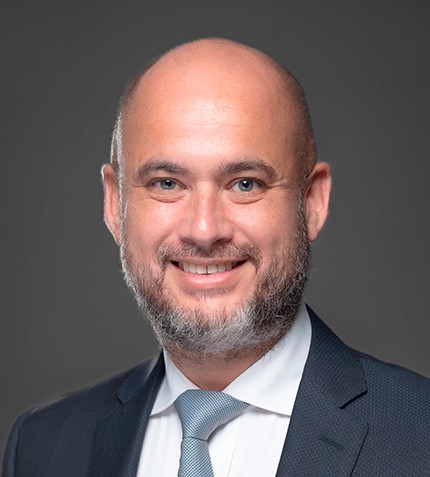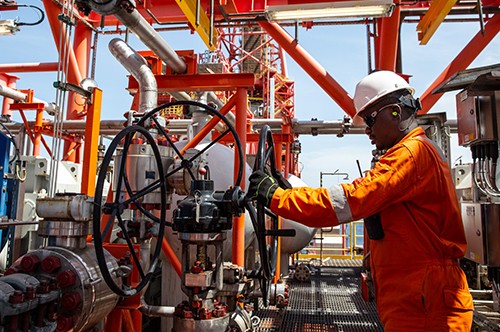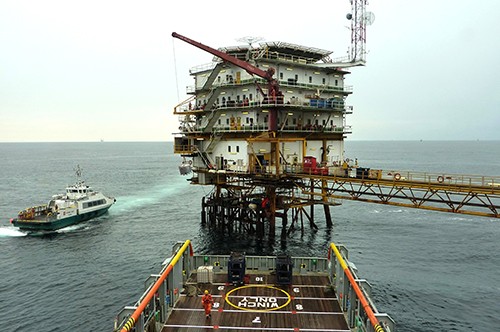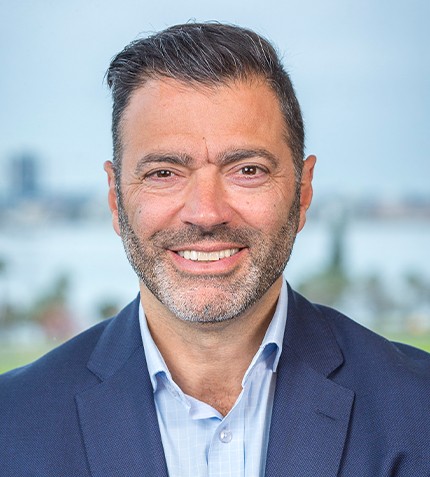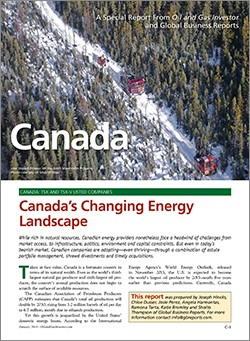
PUBLICATION
Canada Oil & Gas 2014 OGI Release
Taken at face value, Canada is a fortunate country in terms of its natural wealth. Even as the world’s third-largest natural gas producer and sixth-largest oil producer, the country’s annual production does not begin to scratch the surface of available resources. The Canadian Association of Petroleum Producers (CAPP) estimates that Canada’s total oil production will double by 2030, rising from 3.2 million barrels of oil per day to 6.7 million, mostly due to oilsands production. Rich in natural resources, Canadian energy providers nonetheless face a headwind of challenges from market access, to infrastructure, politics, environment and capital constraints. But even in today’s bearish market, Canadian companies are adapting, even thriving, through a combination of astute portfolio management, shrewd divestments and timely acquisitions.
High operational costs, price differentials and a shortage of frontier exploration opportunities in Canada have been a push factor for some Canadian juniors who have found more opportunities abroad, and the memory of 2009’s tax hikes caused some to question the conventional wisdom that the developed world, and Canada specifically, is without political risk. Combining 385 oil and gas issuers, the Toronto Stock Exchange (TSX) and TSX Venture Exchange (TSX-V) are home to more energy companies than any other exchange in the world. With more than 35% of issuers holding properties outside of Canada, issuers are as diverse by geographical focus as by market cap.







